Benito Mussolini in a Big Mess, OH!
RCAF Takes Part in Greatest Raid in History
Aftermath in the Eilbek district of Hamburg. Photo was taken after much
of the rubble had been cleared, probably after VE day. Credit Wikipedia.
Please click here to view a YouTube documentary re Hamburg Raid
Introduction:
Readers of The Montreal Gazette would have been greeted with a smorgasbord of news from the Mediterranean - related to the invasion of Sicily, Operation HUSKY - beginning July 10 and continuing into August, 1943. The same would have been true across Canada. The Canadian Army was finally involved and was soon up to its neck in fighting the Axis powers in Sicily, and war correspondents from newspapers and radio (e.g., the CBC, BBC and many U.S. stations) represented major countries very well.
I will continue to share clippings re HUSKY from The Gazette as found on microfilm at the University of Western Ontario in my home city of London Anyny questions and comments re the news articles can be sent to gordh7700@gmail.com and I will make a good effort to respond within the week.
My father served in the RCNVR and Combined Operations from 1941 - 1945 and spent "three months in the Mediterranean" transporting all materials of war from ship to shore during Operation HUSKY on Landing Craft Mechanised (LCMs). His service was in support of Montgomery's Eighth Army from July 10 - August 7, approx. (@Beach 44 or GEORGE Sector, Fontane Bianche), followed by support of Canadian troops beginning in September on the toe of the boot of Italy, i.e., during Operation BAYTOWN. So, if an article mentions the role of the Canadian Navy even in a small way I will be very happy.
Most days several news articles share details re the progress of Allied armies, and I would be happy to hear as well from readers who had a relative active in some way in Sicily, Malta or Italy during the 'significant summer' of 1943.
Let the news of the day begin:
CBC Radio correspondent Peter Stursberg writes the following in his book The Sound of War:
The bitter battle for Ortona the Canadians had fought and won, but all attacks on Cassino had failed. The best that the British and the Americans could do was to bomb the cities of the Reich, the British at night and the Americans in daylight; the RAF in a series of raids on Hamburg had created a fire storm that had incinerated 50,000 civilians and made 800,000 homeless. It was a horror story that passed without much notice. (Page 146)
Lt. General George S. Patton enjoyed "two weeks of smashing success (see article below) unequalled by any other American Army in this war":
In upper left corner of the map, west of Palermo, see Trapani, mentioned
in the headline below. Credit - Sicily 1943, U.S. Army Military History
Italian soldiers of the 206th Coastal Division, taken prisoner by British forces.
Typical of the 2nd-rate equipment issued to Coastal divisions, they are wearing
Same Principals, Same Hats:
Photo Credit - Deviant Art/History
Photo Credit - On This Day (BBC)
Three Canadian war correspondents, Sicily 1943. L - R: Ross Munro (see article
below), Peter Stursberg (CBC Radio), Lionel Shapiro (see 2nd next article below)
Photo Credit: Canadian Army Film Unit, National Archives, 21083, Album 61
7th Battery, 2nd Field Regiment, Royal Canadian Artillery personnel
firing 25 pounder at enemy positions. July 28, Album 61, 22237, CAFU
"3-inch mortar crew firing on enemy positions of Nissoria: Privates F. K.
Stephenson, W.H. Montgomery, T. Marsland; 2 Field Regiment Royal Canadian
Artillery. No. 22220, Album 61, CAFU, National Archives Ottawa
Sherman Tank of The Three Rivers Regiment passing through Agira. LAC Photo
And now for something completely different:
Following are key dates re Mussolini's rise and fall. (The date beginning March 23rd was in the year 1919):
American troops entered and liberated the war-torn city of Palermo and reportedly received "an enthusiastic welcome":
Palermo, upper left. "The Americans are swarming through this capital..."
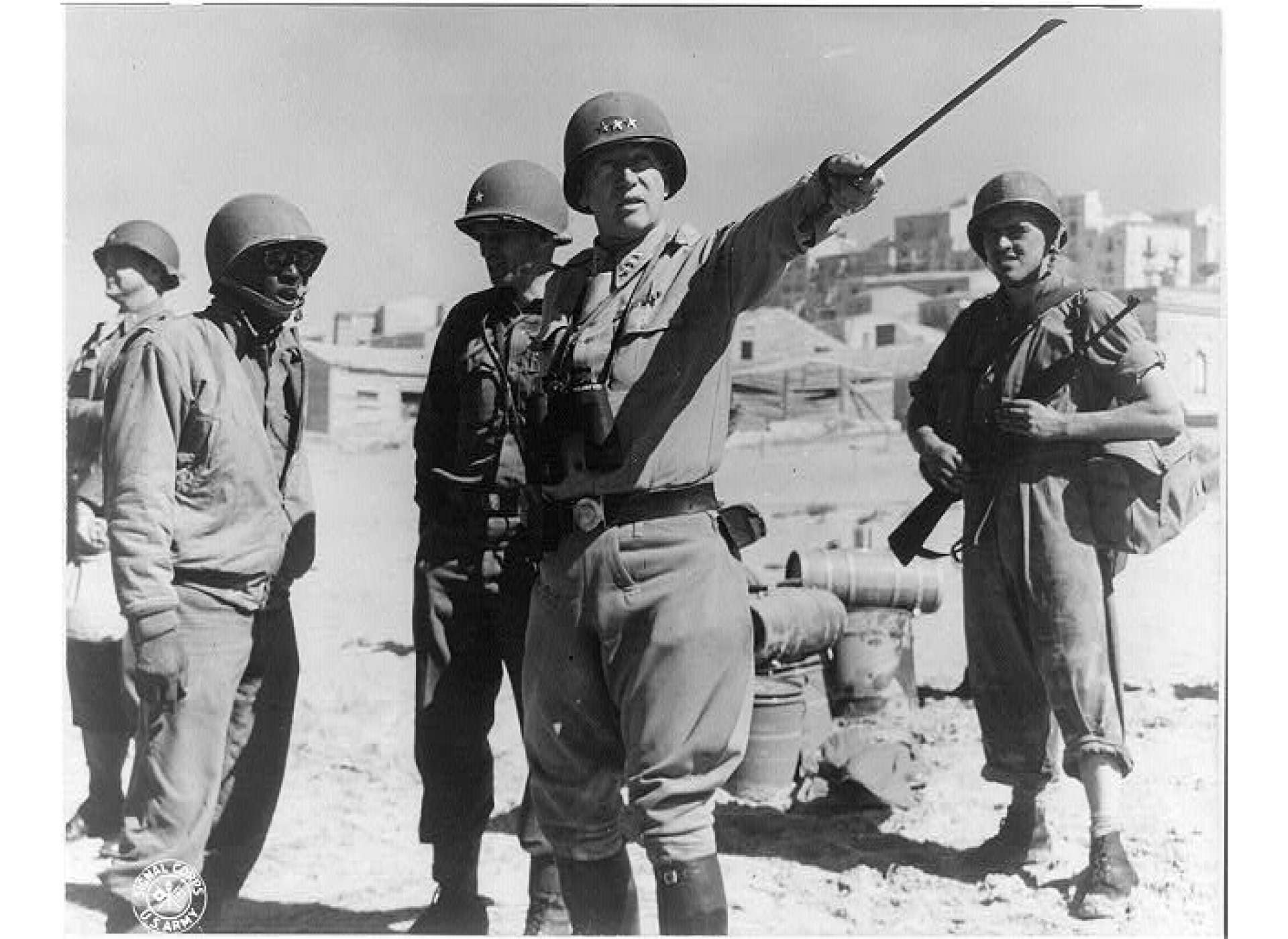
General George S. Patton, commander of US Seventh Army, instructing troops
on Sicily, July 1943. US Army Signal Corps Photo No. 175663, USA.
Civilians in Palermo’s theater district cheer and wave to the Americans,
whom they treated as liberators. Photo - warfare history network
Please note, the door within a door
While in Sicily in Sept. 2023 I was introduced to many delicious foods
My family is used to hearing me say, "Yes, I could easily live in Sicily," or
the country I just returned from visiting re research about "Dad's Navy Days."
I think Fontane Bianche would be near the top of my list, Beach 44, on the
east coast of Sicily, but I wouldn't choose the caves where Canadian sailors
- including my father - lived for 2 - 3 weeks during July and August, 1943.
Photographs by Fabrizio Sergi. Used with Permission
Fontane Bianche, Sept. 2023: Imagine scores of landing craft on Beach 44.
Canadian LCMs travelled from this shore at Mili Marina (south of Messina)
and from Messina to the opposite shore at Reggio di Calabria (on the toe of
Italy's boot beginning September 3, 1943. Photo by GH
Fabrizio Sergi with his book related to his hometown (Santa Teresa di Riva)
and the embarkation of British troops to Italy, Operation BAYTOWN
Well before the invasion of Italy beginning in early September, 1943, railroads and railyards were a primary target for Allied air forces:
More from the well-known war correspondent with The Montreal Gazette:
meant to be captured as part of Operation Fustian by 1st Parachute Brigade.
(Photographer) Sgt. Travis (Undefined) NA 4826 Imperial War Museum
support of 151 de during the action against Gornalunga Bridge.
(Photographer) Sgt. Travis (Undefined) NA 4816 IWM
Original wartime caption: The Gornalunga bridge, captured by the 151 Brigade
infantry. This is the Primosole Bridge over the Simeto R. No. 2 Army Film
Below we see significant action taken by "the toe of the boot" of Italy, perhaps a foreshadowing of upcoming action "on the toe of the boot", i.e., Operation BAYTOWN, the invasion of Italy beginning Sept. 3, 1943:
Light Coastal Forces? My father remarked in his memoirs that not many people knew about the role of Canadians in Combined Operations during WWII (thus the focus of this website), and another group - that many may not be aware of - is highlighted below:
Please click here for more information re Lt. Cmdr. Hichens and Light Coastal Forces.
MGB 64 at this stage of the war armed with twin Lewis guns along-
side the bridge and a four barrelled Boulton Paul gun turret aft.
6th MGB Flotilla, Hitch's MGB 64 leading. The aft mounted 20mm
Oerlikon position can be easily seen. Photo credit - Wikipedia
Please click here to read more on Wikipedia about Lt. C. A. (Tony) Law and the 29th Motor Torpedo Boat Flotilla.
"Upheaval in Italy" is from The Gazette's editorial page:
Reinforcements "en route" July 1943. Album 61 CAFU, Photogr. Whitcombe
Below is the front cover of the actual booklet, from the collection of Clayton Marks (of London Ont; deceased), RCNVR/Combined Operations:
A few details re the 'nature of the land' follow, mentioning locations referred to in news clips above:
Another fine article by Canadian war correspondent Ross Munro:
British Bofors 40 mm L/60 on Mk VII naval mounting, Priddy's Hard,
Gosport, UK. Photo and more details re Bofors gun are found at Wikipedia
More News from The Montreal Gazette will follow.
Please click here to view Research: Three Months in the Mediterranean, 1943 (17)
Questions or comments can be addressed to gordh7700@gmail.com
Unattributed Photos GH
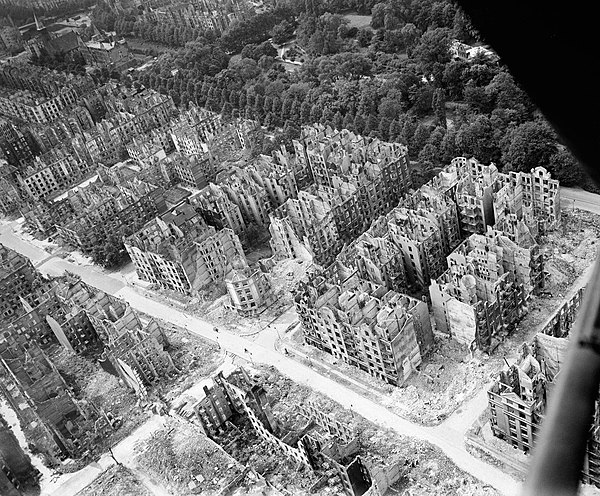


















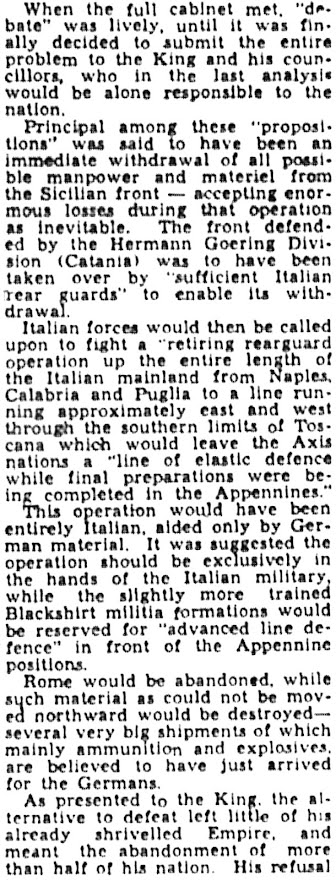


.jpeg)










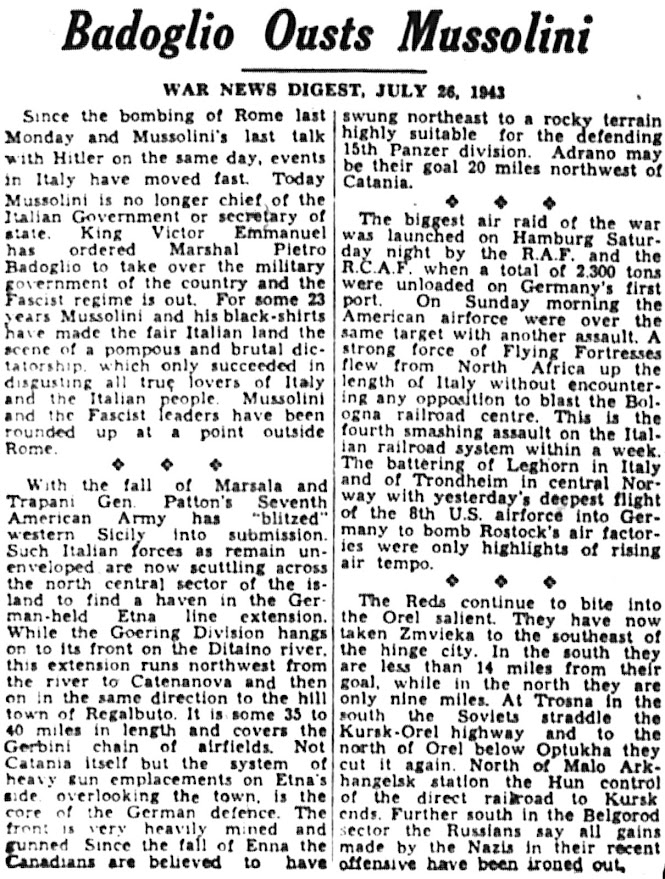




















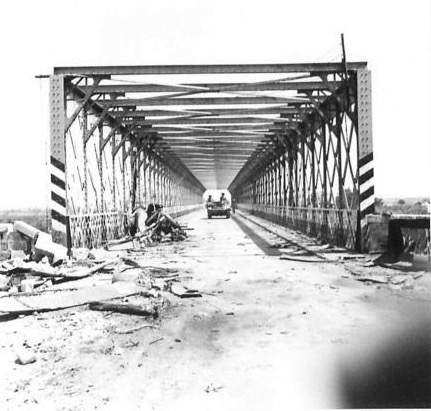

.jpeg)
.jpeg)
.jpeg)


.jpeg)
.jpeg)
.jpeg)
.jpeg)
.jpeg)
.jpeg)













No comments:
Post a Comment